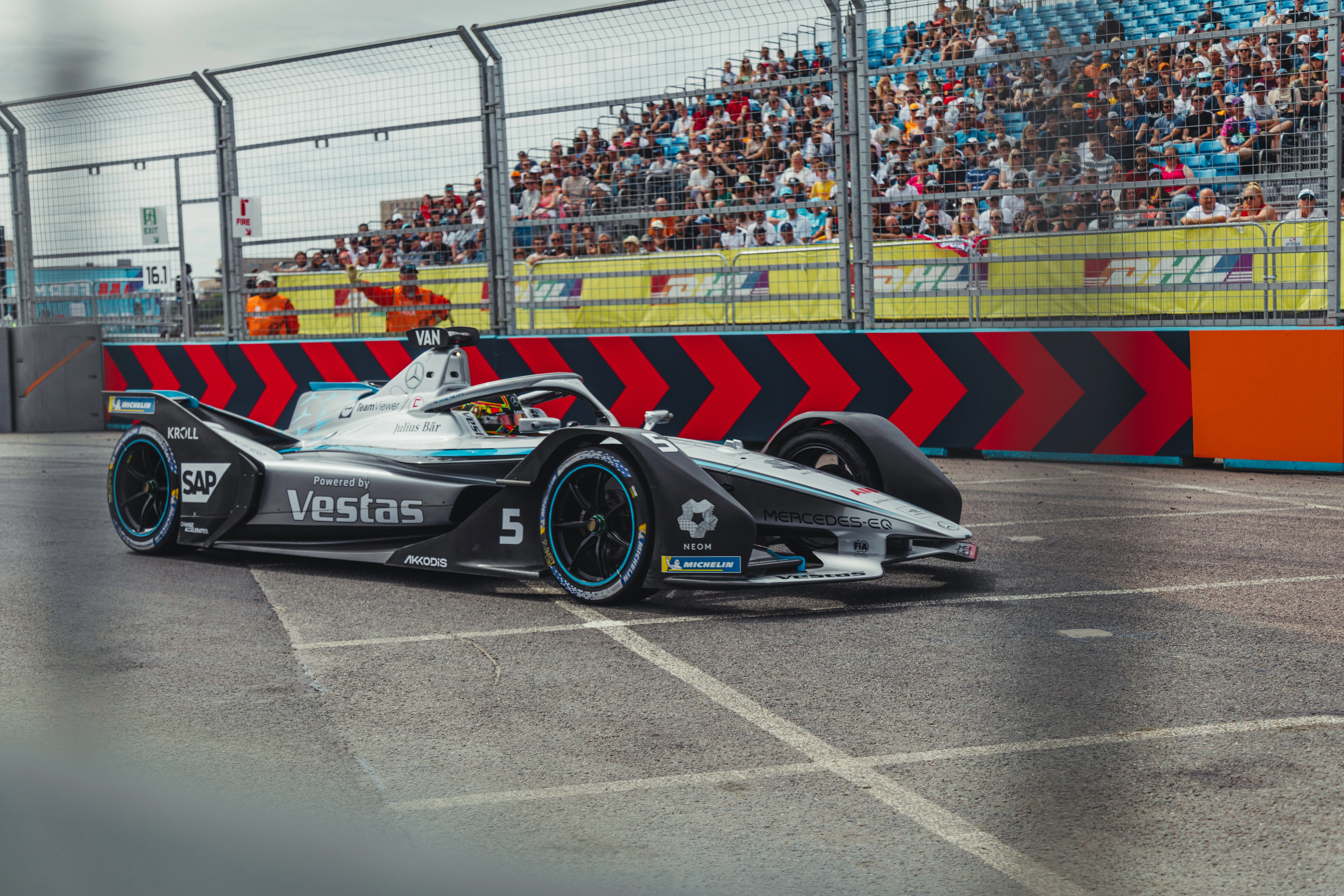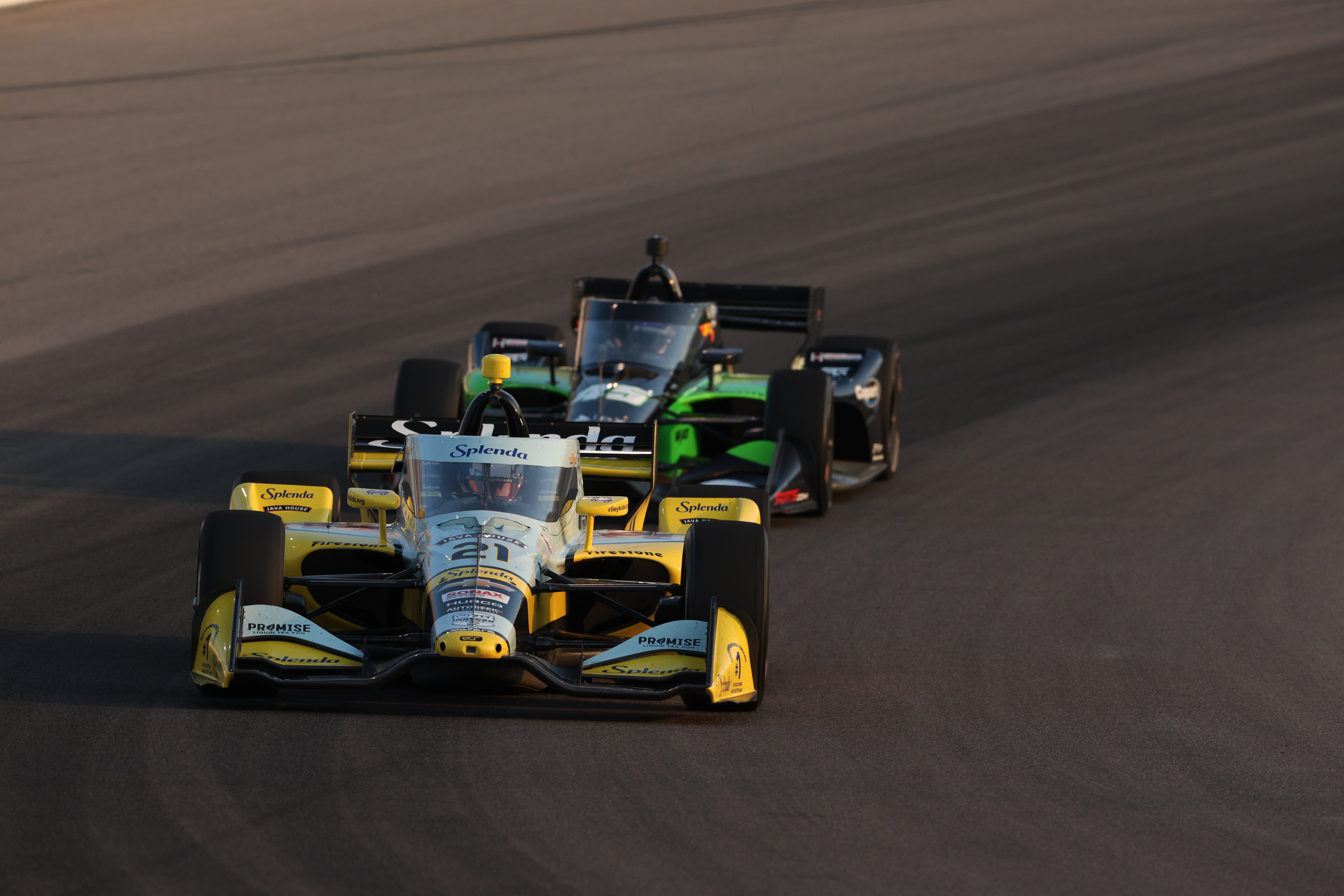Will Buxton’s art of the obvious: “I don’t mind being a meme”
- Archie O’Reilly

- Mar 7
- 4 min read
Written by Archie O’Reilly, Edited by Morgan Holiday

Will Buxton knows that he has become a meme in some quarters for his perceived stating of the obvious on popular Formula One Netflix docuseries Drive to Survive.
But he does not mind.
“The best thing in the world is that, for a while, whenever I asked my teenage daughter to do anything or I said something stupid or I explained something in an overly simplistic manner, she would just look at me and be like: ‘Ugh, dad, you’re such a meme,’” Buxton recalls with a beaming grin.
“If I’ve got the recognition from my teenage daughter that I am a meme, I’m a happy man.”
As much as he has become the butt of some jokes, those with pre-existing knowledge of F1 are not the primary target audience of Drive to Survive. The series’ purpose, which it has excelled at fulfilling, has chiefly been to attract a new audience.
“So much of that [success] came down to circumstance and happenstance and the fact that Drive to Survive really found a market and found an audience during the COVID-19 pandemic,” Buxton says. “Everyone was stuck at home. Everyone was searching for connection. Everyone was searching for social interaction that they weren’t having.
“And suddenly they found these superstar, rockstar racing drivers and got to know them and fell in love with them. And then Formula One had somehow been able to create a championship season in the midst of a pandemic. It was absolutely crazy.”
But it was the way in which the attention of those attracted to the series was captured that made Drive to Survive such a success. Many did not have knowledge of a sport which is, in many ways, rather complex, so the obvious-seeming explanation was a necessity.
“My job on Drive to Survive was to state the obvious,” Buxton says. “And some of the loveliest feedback I got from that, be it through messages I’ve received online or when you meet people at races, they say: ‘We’re only here because of Drive to Survive.’
“And then they’ll say: ‘I was watching one of the first episodes and I didn’t understand how something worked and I asked my wife or I shouted at the TV: ‘What does that mean?’ And then you came on the screen and you explained it.’”
As Buxton acknowledges, as in any walk of life, the building of peoples’ knowledge has to start somewhere. His role was to enable that for the Drive to Survive audience.
“And that’s cool because, in motorsport, there’s a perception that everyone has this certain level of knowledge,” Buxton says. “But we all had to gather that knowledge. We all had to learn it at some point. We all had a first race where we knew nothing.
“Whatever sport you follow, you had a first game where you knew nothing. And if someone hadn’t taken you under their wing and taught you the rules, how do you learn?
“Drive to Survive was never for the purists - it was never for the folks who’d been watching it for 35, 40 years who knew everything about it. It was deliberately engineered to engage a new audience. And if you’re engaging a new audience and you don’t explain the basics, then people turn off really, really fast.”
Many other sports have followed suit in creating similar docuseries. Rugby’s Six Nations Netflix series captured Buxton’s attention, having played the sport growing up - “terribly”, he admits - and having attended a rugby-loving school.
“I was awful,” Buxton says. ‘My mother said she’d never seen anybody on a rugby field run so fast in the opposite direction to the ball. That’s how bad I was. It just terrified me as a game.
“I understand how the Six Nations work, but within the first 20, 30 minutes of that first episode, there wasn’t an explainer of the fact that every team plays every team and: ‘This is how this thing works.’
“So from that I found myself in this scenario of even I who understands the Six Nations, I was still confused about: where was the narrative going with this and how’s this show set up?”
Knowing the importance of his role, Buxton has learned to embrace the chatter of his dramatic pauses and simplification of the sport.
“I don’t mind being a meme if it means that I explain things to people who had no bloody clue about the sport and then they did,” he says. “I don’t mind being the goofball.
“Do you know what? It’s lovely. It’s really great. Because I know most of it was meant in a jovial manner. Some of it was harsh but most of it was meant in a jovial manner.”
Buxton has now departed his role with F1 TV to join FOX Sports’ IndyCar venture as lead commentator, which was met with the odd stating-the-obvious jibe but “a wave of positivity” that has only grown since the opening race of the IndyCar season.
Rest assured though, Drive to Survive fans. While nothing is set in stone this is not necessarily the end of Buxton’s involvement as a figurehead of the show.
“I hope so,” Buxton says when asked if he will continue the gig in light of his IndyCar switch. “That would be great. They’ve always shown me in the chair but never in the paddock so I guess the opportunity would still be there. Let’s see. To be decided. But I’d love to.
“I’ve loved being a part of that series. Year on year, we’ve never agreed that I’d come back the next year and they’ve never asked if I’d come back the next year; they would give me a call and go: ‘Right, when are you getting in the chair for the first time?’
“So it’s not like we’re sitting on a rolling contract or anything like that. It’s always just been: ‘Come in and sit in a chair and answer some questions.’ So I’ll wait for the call to go in and sit in the chair.”









Comments